Books written by Shing-Tung Yau.
Shing-Tung Yau is a Chinese-born naturalized American mathematician who was awarded the Fields Medal in 1982 for having made "contributions in differential equations, also to the Calabi conjecture in algebraic geometry, to the positive mass conjecture of general relativity theory, and to real and complex Monge–Ampère equations."
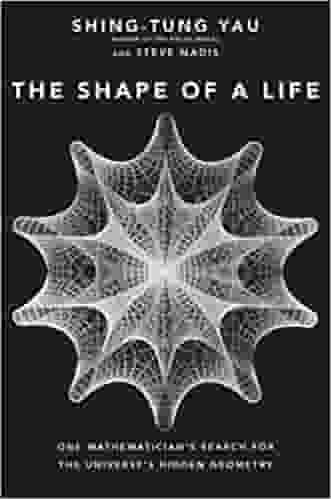
The Shape of a Life: One Mathematician's Search for the Universe's Hidden Geometry
Harvard geometer and Fields medalist Shing-Tung Yau has provided a mathematical foundation for string theory, offered new insights into black holes, and mathematically demonstrated the stability of our universe.

The Shape of Inner Space
String theory says we live in a ten-dimensional universe, but that only four are accessible to our everyday senses. According to theorists, the missing six are curled up in bizarre structures known as Calabi-Yau manifolds. In The Shape of Inner Space, Shing-Tung Yau, the man who mathematically proved that these manifolds exist, argues that not only is geometry fundamental to string theory, it is also fundamental to the very nature of our universe.
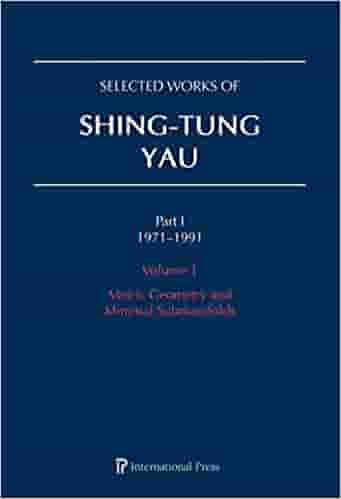
Selected Works of Shing-Tung Yau: 5-Volume Set (1971-1991)
These five volumes reproduce a comprehensive selection of Yau's published mathematical papers of the years 1971 to 1991 -- a period of groundbreaking accomplishments in numerous disciplines including geometric analysis, Kähler geometry, and general relativity.
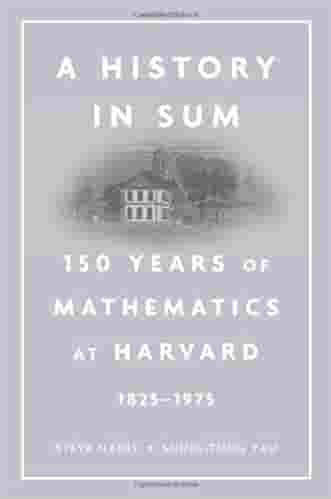
A History in Sum: 150 Years of Mathematics at Harvard
In the twentieth century, American mathematicians began to make critical advances in a field previously dominated by Europeans. Harvard's mathematics department was at the center of these developments. A History in Sum is an inviting account of the pioneers who trailblazed a distinctly American tradition of mathematics--in algebraic geometry and topology, complex analysis, number theory, and a host of esoteric subdisciplines that have rarely been written about outside of journal articles or advanced textbooks.
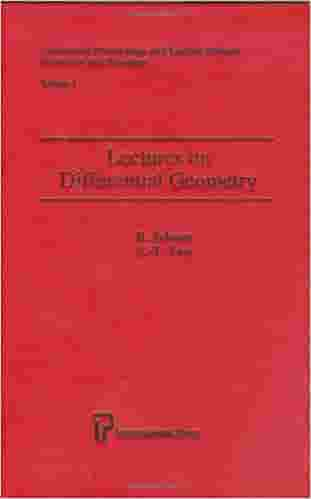
Lectures on Differential Geometry
This volume presents lectures given by Richard Schoen and Shing-Tung Yau at the Institute for Advanced Studies at Princeton University in 1984 and 1985. The lectures describe the major advances in differential geometry, which progressed rapidly in the twentieth century.
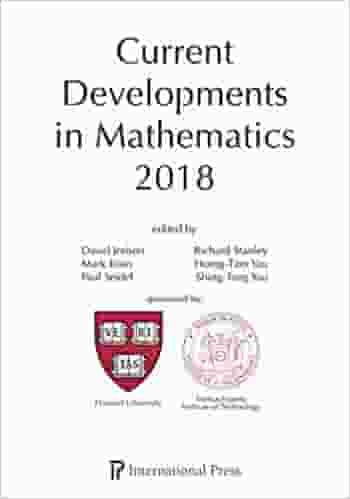
Current Developments in Mathematics, 2018
This volume presents five papers based on selected lectures given at the Current Developments in Mathematics conference, held in November 2018 at Harvard University.
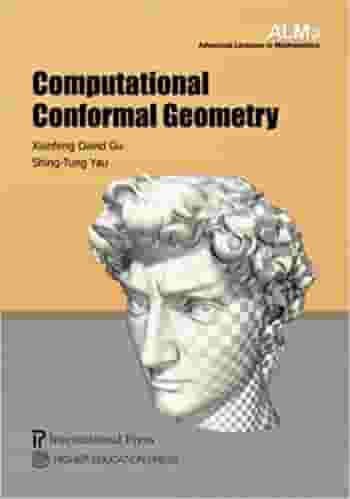
Computational Conformal Geometry
This new volume presents thorough introductions to the theoretical foundations -- as well as to the practical algorithms -- of computational conformal geometry. These have direct applications to engineering and digital geometric processing, including surface parameterization, surface matching, brain mapping, 3-D face recognition and identification, facial expression and animation, dynamic face tracking, mesh-spline conversion, and more.

The Founders of Index Theory
Index Theory is one of the most exciting and consequential accomplishments of twentieth-century mathematics. The Founders of Index Theory contemplates the four great mathematicians who developed index theory—Sir Michael Atiyah, Raoul Bott, Friedrich Hirzebruch, and I.M. Singer—through the eyes of their students, collaborators and colleagues, their friends and family members, and themselves.
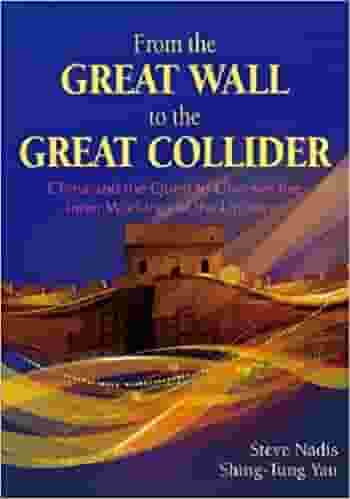
From the Great Wall to the Great Collider: China and the Quest to Uncover the Inner Workings of the Universe
The 2012 discovery of the Higgs boson was a sensational triumph -- the culmination of a 48-year-long search that put the finishing touches on the so-called "Standard Model" of particle physics. While the celebrations were still underway, researchers in China were making plans to continue the centuries-old quest to identify the fundamental building blocks of nature.
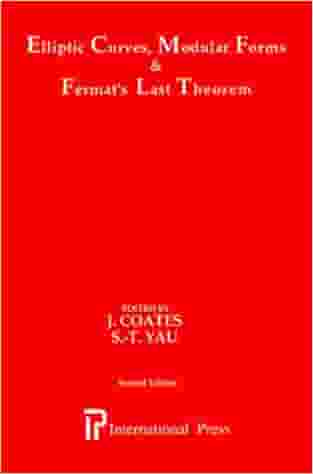
Elliptic Curves, Modular Forms and Fermat's Last Theorem
Uniformization, Riemann-Hilbert Correspondence, Calabi-Yau Manifolds & Picard-Fuchs Equations
The uniformization theorem of Riemann surfaces is one of the most beautiful and important theorems in mathematics. Besides giving a clean classification of Riemann surfaces, its proof has motivated many new methods, such as the Riemann-Hilbert correspondence, Picard-Fuchs equations, and higher-dimensional generalizations of the uniformization theorem, which include Calabi-Yau manifolds.